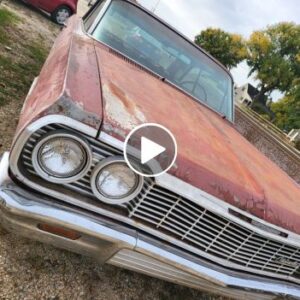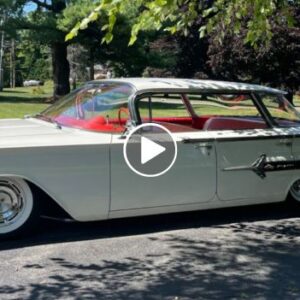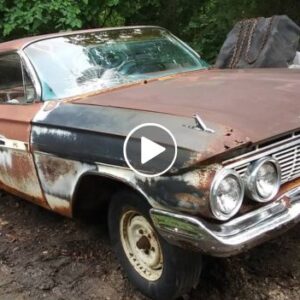This 1968 Dodge Charger was acquired by the current owner in 2004 and subsequently was built by Shine Speedshop of Orange, California, to attempt a land-speed record for a television show that was never aired. Work consisted of stripping and repainting the body in orange as well as installing a 12-point roll cage, a Deist parachute, Magnum Force suspension components, Aldan American adjustable coilovers, Wilwood four-wheel disc brakes, and custom 16″ and 18″ steel wheels. The car was reportedly refreshed in 2020 with the installation of a 494ci Hemi V8, a TorqueFlite three-speed automatic transmission, and a Currie 9″ rear axle with a Strange Engineering third member. Additional equipment includes a scooped hood, cable-actuated hideaway headlamps, a 12-gallon fuel cell, fire-suppression systems, Jaz Products aluminum bucket seats, Simpson five-point harnesses, AutoMeter instrumentation, dual Optima batteries, a Ron Davis aluminum radiator, dual Weber four-barrel carburetors, TTi exhaust headers, and a custom dual exhaust system with MagnaFlow mufflers. This modified Charger is now offered by the seller on behalf of the owner with a photo binder documenting the build and a clean California title.

The steel body was stripped to bare metal and repainted in orange with a single black over-the-top stripe in 2004. Features include a scooped hood, hideaway headlamps, front and rear window braces, wind strakes, hood pins, dual mirrors, chrome bumpers, a quick-release fuel door, a tail-panel-mounted battery cut-off switch, polished dual exhaust finishers, and Jimmy Shine’s signature on both sides of the roof. Competition class AA/CGC is indicated on both rear quarter windows, and the front vent windows carry labels from Dick Landy Industries Performance; the car also retains door glass. The rear license plate indicates that the car was registered for street use in California as recently as August 2023. The seller notes blemishes in the paint.
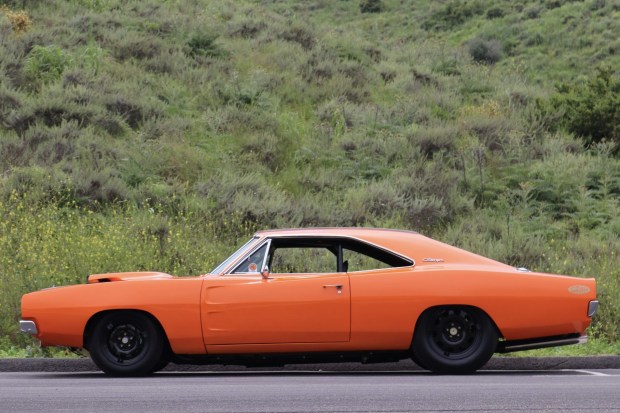
Black 16″ front and 18″ rear custom wheels wear Moon discs and are mounted with 5.50-16 front and 7.00-18 rear Dunlop racing tires. The suspension utilizes Magnum Force components, Aldan American adjustable coilovers, as well as boxed frame connectors, tubular control arms, ladder bars, and oversize front and rear sway bars. Stopping power is provided by four-wheel Wilwood disc brakes, which are augmented by a Deist 10′ parachute.
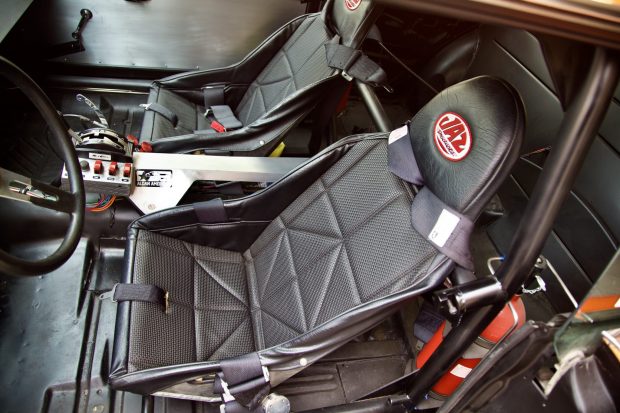
The interior houses Jaz Products fixed-back aluminum racing seats wrapped in black upholstery plus a 12-point roll cage with removable door bars. Additional equipment includes an interior fire-suppression system, an Art Carr Performance Products shifter, a parachute pull handle, a Shine Speedshop badge, a barefoot accelerator pedal, Simpson five-point harnesses, and toggle switches for vehicle functions.
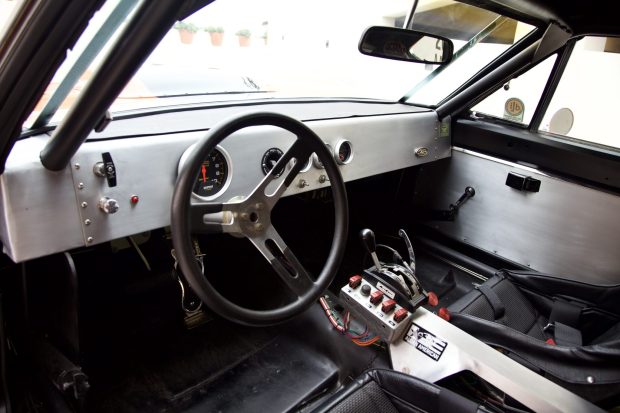
The removable Sweet Manufacturing steering wheel sits ahead of an AutoMeter tachometer and gauges for oil pressure, coolant temperature, and battery voltage. The car does not have a speedometer or an odometer, and the seller states that it has been driven approximately 175 miles since the initial build in 2004. Total chassis mileage is unknown.
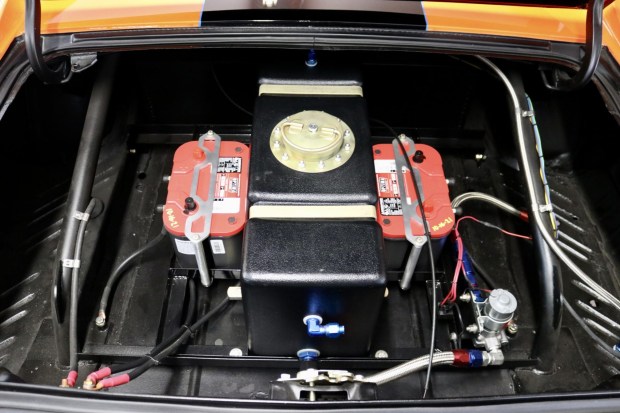
A 12-gallon fuel cell, a Holley electric fuel pump, and dual Optima batteries are located in the trunk.
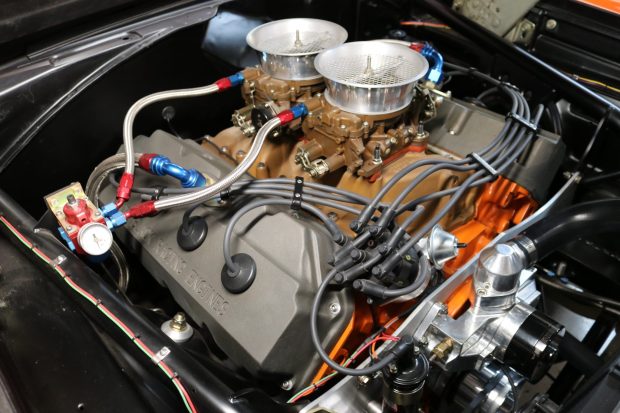
The 426ci Hemi V8 is said to have been acquired from the Keith Black estate and built by JMS Racing in El Monte, California, and was installed by Shine Speedshop in 2020. The engine was overbored to 494ci and reportedly fitted with a Scat stroker forged crankshaft and Keith Black aluminum cylinder heads. Additional components include a Meziere Enterprises electric water pump, electronic ignition, magnesium valve covers, dual Weber four-barrel carburetors, TTi headers, and a Ron Davis aluminum radiator with a Spal electric fan. An engine-bay fire-suppression system has been installed.

Power is sent to the rear wheels through a TorqueFlite 727 three-speed automatic transmission and a Currie 9″ rear axle with a Strange Engineering third member, 3:00:1 gears, and 31-spline axles. A transmission cooler and an Art Carr finned transmission pan have been fitted. A custom 3½” dual exhaust system with MagnaFlow mufflers has been installed.
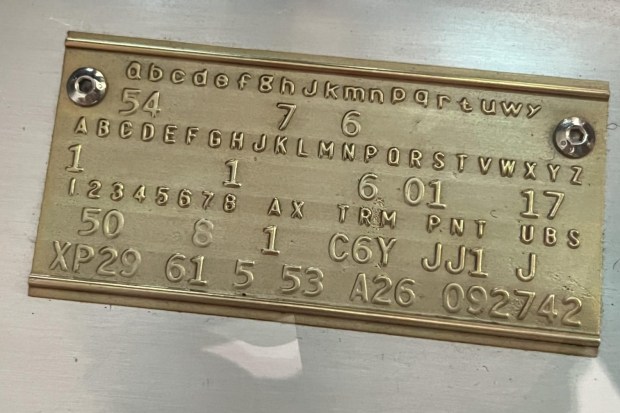
The fender tag was reportedly stripped and zinc coated.

Photos from the build process and the land-speed-record attempt are shown in the gallery.

Images of the engine prior to installation also are provided, as are dynamometer results showing peak outputs of 510 horsepower at 5,400 rpm and 566 lb-ft of torque at 4,000 rpm.


